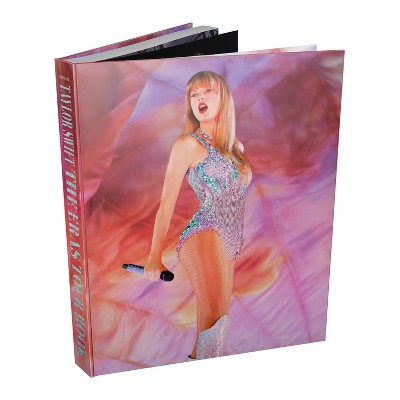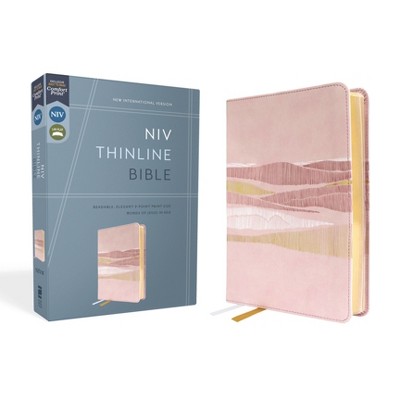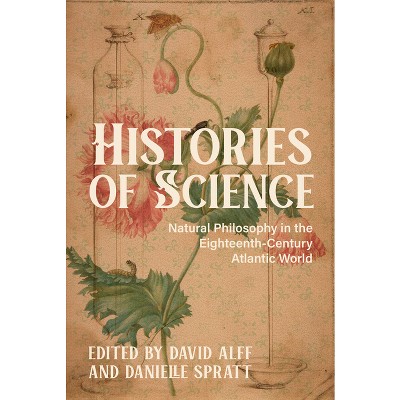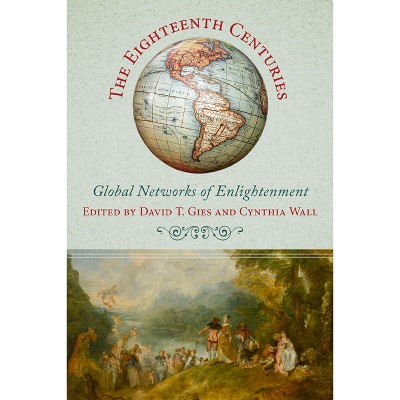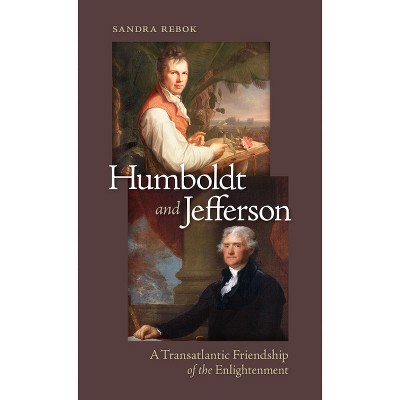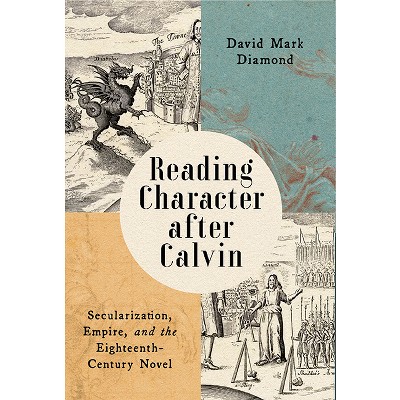About this item
Highlights
- To this day, women face barriers in entering scientific professions, and in earlier eras the challenges were greater still.
- About the Author: Anna K. Sagal is Assistant Professor of English and Creative Writing at Cornell College.
- 294 Pages
- History, Modern
Description
About the Book
"This book examines the subversive ways in which women made their mark on the scientific landscape of eighteenth-century England. By taking advantage of intersections between domesticity, femininity, and nature, the writers and artists of this study laid claim to a specific authority on naturalist subjects, ranging from botany to entomology to natural history more broadly"--Book Synopsis
To this day, women face barriers in entering scientific professions, and in earlier eras the challenges were greater still. But in Botanical Entanglements, Anna Sagal reveals how women's active participation in scientific discourses of the eighteenth century was enabled by the manipulation of social and cultural conventions that have typically been understood as limiting factors. By taking advantage of the intersections between domesticity, femininity, and nature, the writers and artists studied here laid claim to a specific authority on naturalist subjects, ranging from botany to entomology to natural history more broadly.
Botanical Entanglements pairs studies of well-known authors--Eliza Haywood, Charlotte Lennox, Maria Edgeworth, and Charlotte Smith--with authors and artists who receive less attention in this context--Priscilla Wakefield, Maria Jacson, Elizabeth Blackwell, Henrietta Maria Moriarty, and Mary Delany--to offer a nuanced portrait of the diverse strategies women employed to engage in scientific labor. Using socially acceptable forms of textual production, including popular periodicals, didactic texts, novels, illustrated works, craftwork, and poetry, these women advocated for more substantive and meaningful engagement with the natural world. In parallel, the book also illuminates the emotional and physical intimacies between women, plants, and insects to reveal an early precursor to twenty-first-century theorizing of plant intelligence and human-plant relationships. Recognizing such literary and artistic "entanglement" facilitates a more profound understanding of the multifaceted relationship between women and the natural world in eighteenth-century England.
Review Quotes
Offers valuable new perspectives on well known and lesser studied artists, examining the ways these women asserted a specifically feminine scientific authority and reimagined the value of their connections to their objects of study. By focusing on specific case studies, Sagal offers readers detailed examples of skilled subversion which illuminate how women used science to think through broader systems of knowing and being in eighteenth-century England.
-- "Eighteenth-Century Studies"Sagal's book sheds light on how domestic femininity, as a social construct, was nearly incompatible with learning science. Her argument is clever and controversial: the very constraints under which women engaged with the natural sciences were also the means by which they entered into this arena.
--Beth Fowkes Tobin, University of Georgia, author of Colonizing Nature: The Tropics in British Arts and Letters, 1760-1820About the Author
Anna K. Sagal is Assistant Professor of English and Creative Writing at Cornell College.





